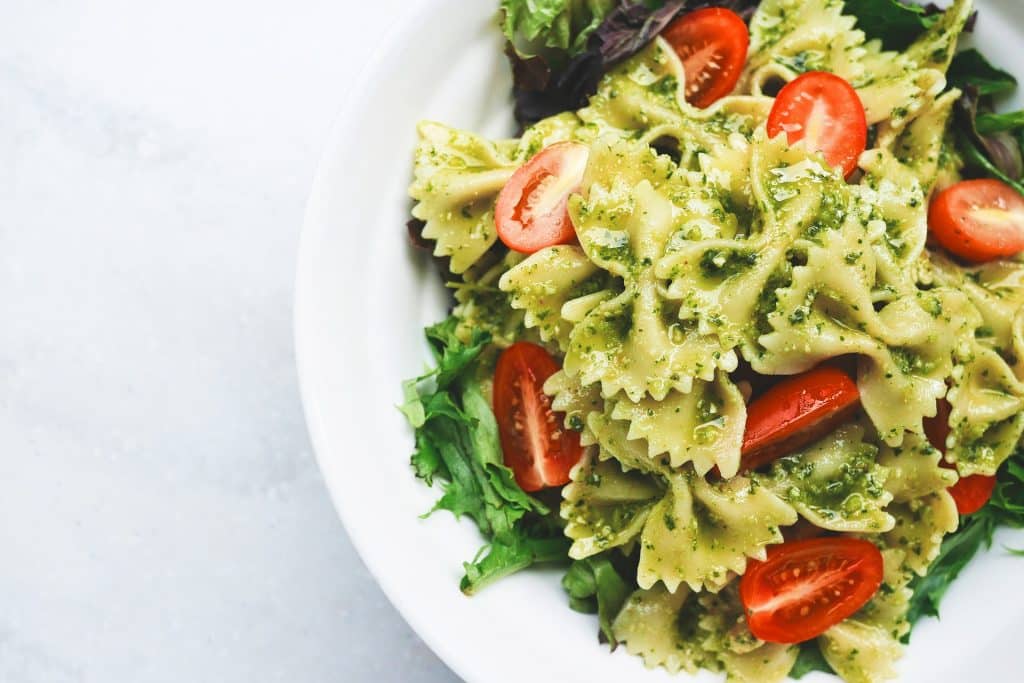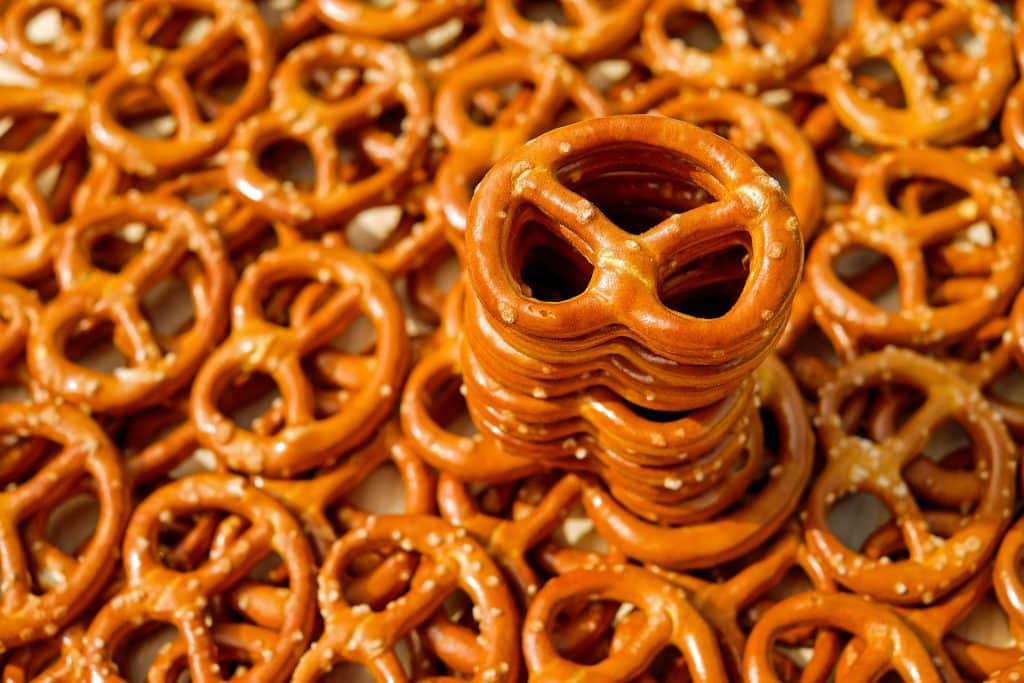Let’s talk about carb loading for runners – the why, the how, and practical tips.
I recently held my first Nutrition for Runners Workshop and it was a success! I had a great group of runners – from beginners to experienced, from 5k to ultra marathon goal races. We talked all about good nutrition in general as well as running specific – fueling before, during, and after exercise for optimal performance and recovery.
One topic that came up was carb loading. A participant wanted to know if carb loading was something they should do and if so, how they should do it. So I am sharing my carb loading for runners tips with you as well.

Carb Loading for Runners: The Why
Research has shown us that the human body can store approximately 90 minutes worth of carbohydrates to be used as fuel for endurance exercise. Therefore, if you have a race coming up that is going to be longer than 90 minutes, carb loading may be beneficial for you.
Carb loading involves an increased intake of carbohydrate-based foods while simultaneously decreasing exercise so that the carbs are being stored rather than used for energy. This is usually referred to as a “taper” period.
Carb Loading for Runners: The How
There are different methods for carb loading including duration of the loading period as well as amount of carbs to intake. I am going to discuss two of the most common ways to carb load.
- Taper 3-4 days prior to the race while increasing carbs to 8-12g/kg of body weight. For example, a 150 pound athlete would increase their carb intake to 545 – 818g of carbs per day (approx. 27-41 servings of carbs per day).
- Taper 1-2 days prior to the race while increasing carbs to 10-12g/kg of body weight. For example, a 150 pound athlete would increase their carb intake to 682 – 818g of carbs per day (approx. 34-41 servings of carbs per day).
As you might imagine, it is quite difficult for someone to hit the above goals of 27-41 servings of carbs per day. That is a lot of food!
Carb Loading for Runners: Practical Tips
Seeing as the above calculations are quite hard for most people to hit, I like to take the practical tips approach with a lot of my clients. I commonly say that this is an example of “nutrition is a science but it’s also an art”. The science gives us these numbers but the art is figuring out how the science looks in real life.
My practical tips include increasing carbs at each meal, adding more carb foods to snacks, and including salty foods to help with hydration.
For instance, if you typically have one slice of bread as part of your breakfast, consider upping that to two slices during your carb load. If you typically have one serving of potatoes or rice at lunch, consider upping that to two, and so forth.
For snacks, if you typically snack on nuts in the afternoon, consider adding a piece of fruit or switching out the nuts for some pretzels and peanut butter.
And increasing salty foods such as pretzels, goldfish crackers, soups, and jerky will help the body hold on to water, which is good for hydration.

Carb Loading for Runners: The Bottom Line
The bottom line for carb loading is that it is only necessary for races longer than 90 minutes. Additionally, the goal is not to gorge on a buffet of carbs for the entire 1-4 days for which you are carb loading. Rather, increasing your carb intake slightly from your current intake will provide your body and muscles with the fuel they need.
The goal is NOT to feel uncomfortably full or miserable during the period. And be aware that carbs help retain water so during this time of increased carbs and decreased activity, you may gain a couple of pounds but that is normal and will be used for energy during your race.
Looking for More?
Worried You Are Under Fueling? Download my Free Guide on Relative Energy Deficiency in Sports (RED-S).
Individual Nutrition Coaching – if you’re looking for more individualized support, check out my options for working together one on one.

